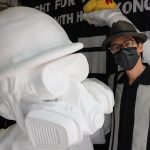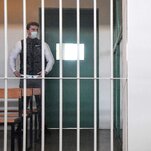Suppression of COVID-19 waves reflects time-dependent social activity, not herd immunity
Scientists at the U.S. Department of Energy’s (DOE) Brookhaven National Laboratory and the University of Illinois Urbana-Champaign (UIUC) have developed a new mathematical model for predicting how COVID-19 spreads. This model not only accounts for individuals’ varying biological susceptibility to infection but also their levels of social activity, which naturally change over time. Using their model, the team showed that a temporary state of collective immunity—what they coined “transient collective immunity”—emerged during early, fast-paced stages of the epidemic. However, subsequent “waves,” or surges in the number of cases, continued to appear because of changing social behaviors. Their results are published in the Proceedings of the National Academy of Sciences.












